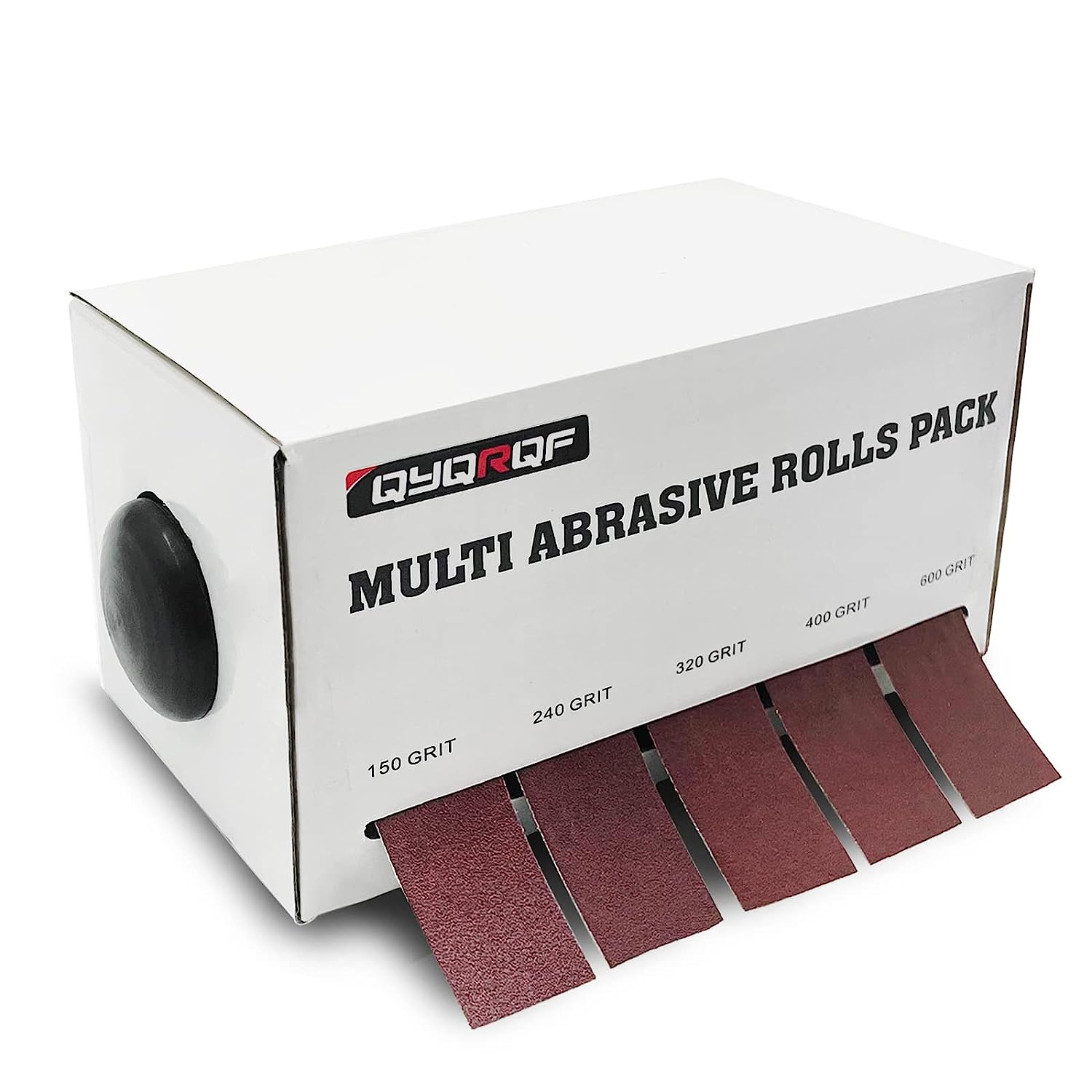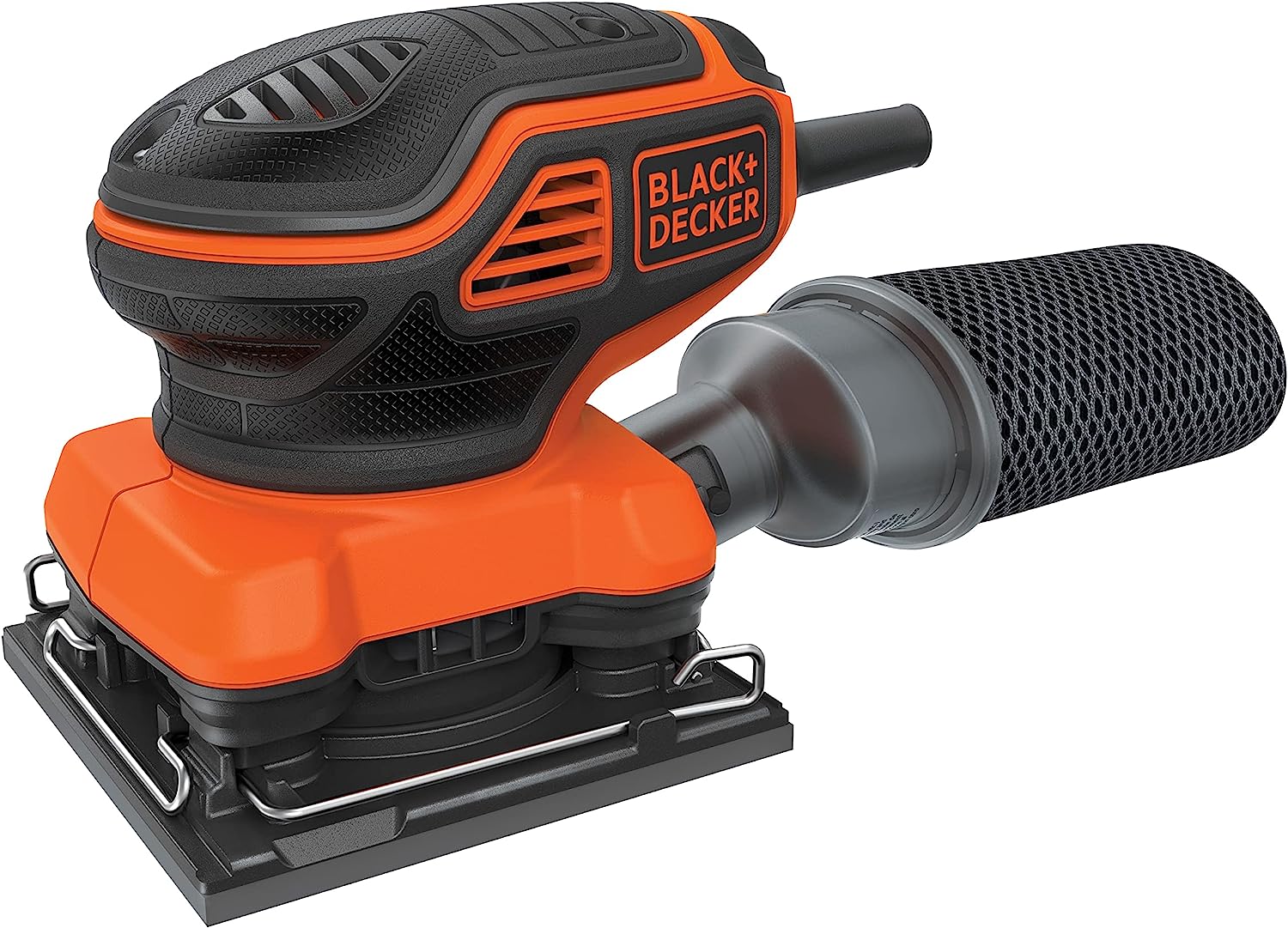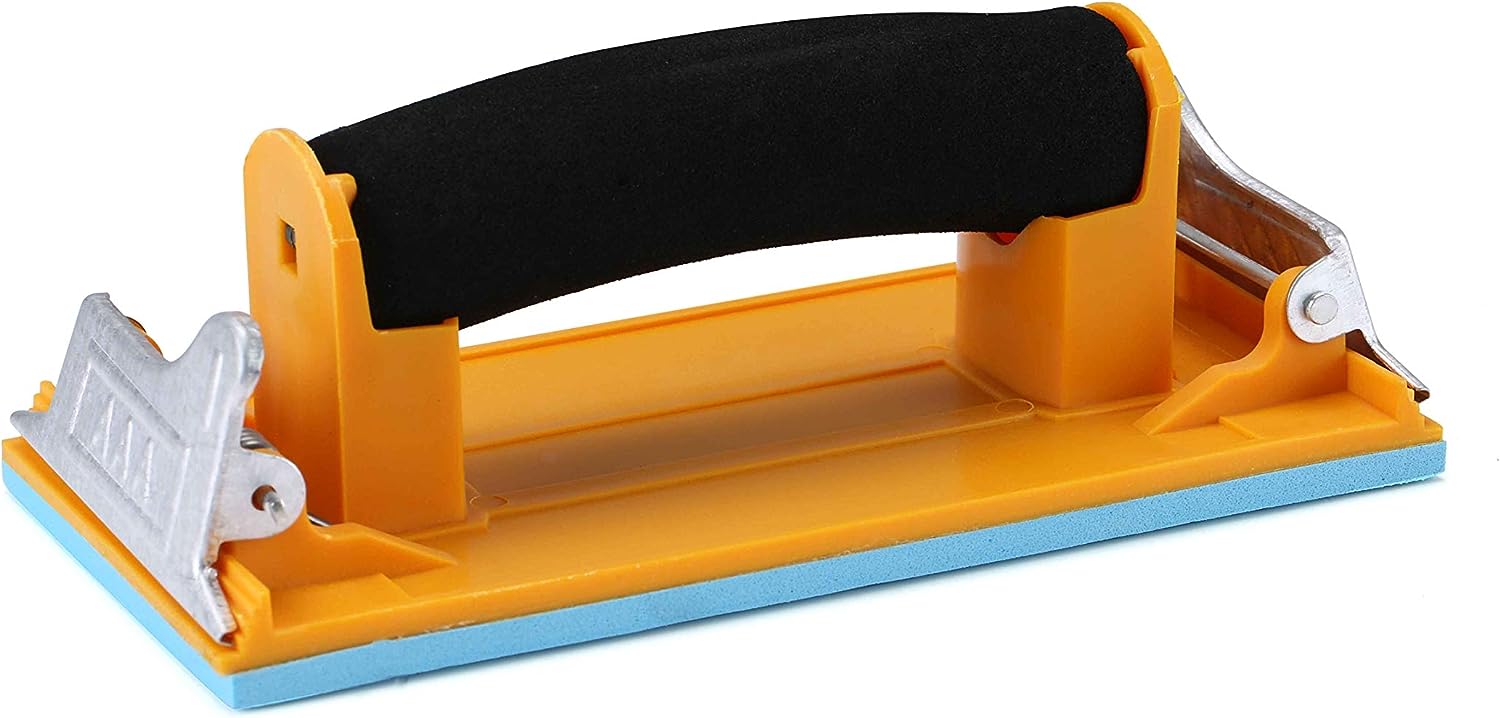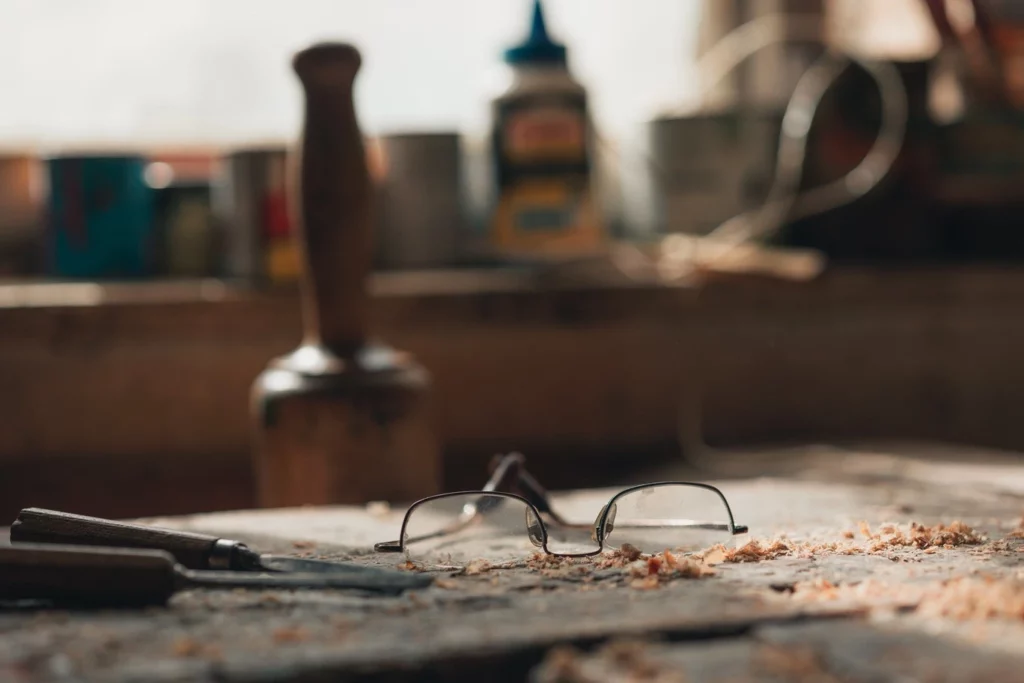Sanding plaster is an essential step in achieving a smooth and flawless finish on walls, ceilings, and other plaster surfaces. Whether you are a professional contractor or a DIY enthusiast, understanding the best practices for sanding plaster can make a significant difference in the quality of your work. One crucial aspect of this process is choosing the right sandpaper. In this article, we will explore the different types of sandpaper available, their specific uses, and provide valuable insights to help you make informed decisions. So, let’s dive in and discover the world of sandpaper!
The Best Sandpaper for Plaster

Emery Cloth Roll, 5 Grits Abrasive Sandpaper Rolls

BLACK+DECKER 2.0 Amp Electric 1/4 Sheet Orbit Sander

Aouker HS85180 Hand Sander
Understanding Sandpaper Grits
Before delving into the various types of sandpaper, it is essential to understand the concept of grit. Grit refers to the coarseness or fineness of the abrasive particles on the sandpaper. The higher the grit number, the finer the particles, and the smoother the finish. Conversely, lower grit numbers indicate coarser particles, which are suitable for rough sanding or removing stubborn imperfections.
Here is a breakdown of the different grit ranges and their recommended uses:
- Coarse Grit (40-60): Ideal for heavy material removal, leveling uneven surfaces, and removing deep scratches or gouges.
- Medium Grit (80-120): Suitable for general sanding, smoothing rough surfaces, and preparing the plaster for painting or further finishing.
- Fine Grit (150-180): Used for light sanding, removing minor imperfections, and achieving a smooth surface before applying paint or other finishes.
- Extra Fine Grit (220+): Reserved for final sanding, polishing, and achieving an ultra-smooth finish.
Types of Sandpaper
Now that we have a basic understanding of grit, let’s explore the different types of sandpaper available:
1. Aluminum Oxide Sandpaper
Aluminum oxide sandpaper is one of the most commonly used types of sandpaper. It is versatile, durable, and suitable for a wide range of applications. This sandpaper is available in various grits, making it suitable for both rough and fine sanding tasks. It is particularly effective for sanding plaster due to its aggressive cutting action and long-lasting performance.
2. Garnet Sandpaper
Garnet sandpaper is another popular choice for sanding plaster. It is made from natural garnet minerals and is known for its excellent cutting ability. Garnet sandpaper is available in various grits and is particularly effective for sanding wood and metal surfaces. However, it may not be as durable as aluminum oxide sandpaper, so it may wear out more quickly when used on rough plaster surfaces.
3. Silicon Carbide Sandpaper
Silicon carbide sandpaper is a premium option for sanding plaster. It is exceptionally sharp and durable, making it ideal for sanding hard materials like plaster, metal, and glass. Silicon carbide sandpaper is available in both wet and dry forms, allowing for versatile usage. Wet silicon carbide sandpaper can be used with water to reduce dust and achieve a smoother finish.
4. Emery Paper
Emery paper is a type of sandpaper that is coated with emery, a natural abrasive material. It is commonly used for hand sanding and is available in various grits. Emery paper is suitable for light sanding tasks and is often used for polishing metal surfaces. However, it may not be the best choice for sanding plaster, as it may not provide the desired level of abrasiveness.
Choosing the Right Sandpaper for Plaster
When selecting sandpaper for plaster, it is crucial to consider the specific requirements of your project. Here are some factors to keep in mind:
1. Surface Condition
The condition of the plaster surface will determine the appropriate grit of sandpaper to use. If the surface has significant imperfections or roughness, starting with a coarse grit sandpaper (40-60) can help level the surface and remove any deep scratches or gouges. As you progress, gradually move to finer grits (80-120) to achieve a smoother finish.
2. Type of Plaster
The type of plaster you are working with can also influence your sandpaper choice. For example, if you are sanding a hard plaster surface, such as gypsum plaster, a more aggressive sandpaper like aluminum oxide or silicon carbide may be suitable. On the other hand, if you are working with a softer plaster, such as lime plaster, a gentler sandpaper like garnet may be a better option to avoid damaging the surface.
3. Project Size
The size of your project can also impact your sandpaper choice. For smaller projects or detailed areas, sandpaper sheets or sanding blocks may be more convenient. For larger projects, such as sanding entire walls or ceilings, sandpaper rolls or discs that can be attached to power sanders may be more efficient.
4. Personal Preference
Ultimately, personal preference plays a role in sandpaper selection. Some individuals may prefer the cutting ability of aluminum oxide sandpaper, while others may opt for the durability of silicon carbide. It is essential to experiment with different types of sandpaper to find the one that suits your needs and working style.
Best Practices for Sanding Plaster
Now that we have explored the different types of sandpaper and their uses, let’s discuss some best practices for sanding plaster:
1. Prepare the Surface
Before sanding, ensure that the plaster surface is clean and free from any loose debris or contaminants. Use a brush or vacuum to remove dust, dirt, and loose plaster particles. This will prevent the sandpaper from clogging and ensure a smoother sanding process.
2. Use Proper Safety Gear
Sanding plaster can generate a significant amount of dust, which can be harmful if inhaled. Always wear a dust mask, safety goggles, and protective clothing to protect yourself from dust particles and potential eye injuries.
3. Start with Coarse Grit Sandpaper
If the plaster surface has noticeable imperfections or roughness, start with a coarse grit sandpaper (40-60) to level the surface. Use light pressure and sand in a circular or back-and-forth motion, following the natural contours of the surface. Gradually move to finer grits (80-120) as you progress to achieve a smoother finish.
4. Sand in Stages
Sanding plaster is often a multi-stage process. Start with a coarse grit sandpaper to remove major imperfections, then progress to finer grits for smoothing and refining the surface. Take breaks between stages to inspect the surface and ensure that you are achieving the desired results.
5. Clean and Inspect Regularly
During the sanding process, regularly clean the sandpaper or replace it if it becomes clogged with dust or plaster particles. Clogged sandpaper can be less effective and may leave scratches or marks on the surface. Additionally, inspect the surface regularly to identify any remaining imperfections that require further sanding.
6. Finish with Fine Grit Sandpaper
Once you have achieved a smooth surface with the desired level of refinement, finish the sanding process with a fine grit sandpaper (150-180) to prepare the plaster for painting or other finishes. This final sanding stage will help create a flawless and professional-looking result.
Conclusion
Sanding plaster is a crucial step in achieving a smooth and flawless finish on plaster surfaces. By understanding the different types of sandpaper available and their specific uses, you can make informed decisions and choose the right sandpaper for your project. Remember to consider factors such as surface condition, type of plaster, project size, and personal preference when selecting sandpaper. Follow best practices such as preparing the surface, using proper safety gear, starting with coarse grit sandpaper, sanding in stages, cleaning and inspecting regularly, and finishing with fine grit sandpaper. By incorporating these best practices into your sanding process, you can achieve professional results and take pride in your plasterwork.



















